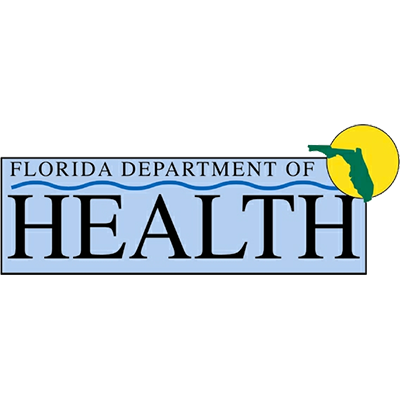A few interesting facts that have likely been common knowledge around group therapy sessions in opiate addiction treatment centers are finally being effectively researched by scientists. Someday, these stories can be told in classrooms and to the general public, and the opiate crisis might be much better understood. I am talking about the fact that physicians who overprescribed opiate medications contributed to the crisis, and that fact has been well supported in research literature over the last 20 years. However, a team of scientists at the Mayo Clinic recently published new research that points to the particularly dumbfounding fact that many doctors prescribed those medications to people who had never been exposed to opiates before, an incredible risk for a doctor to take, and now researchers want to know why.
The research study is called “Prescribing an Overdose” and researchers from the Mayo Clinic went back over thousands of prescriptions and physician notepads, and they were looking for one thing. Previous research shows that many doctors prescribed powerful opiates that would have killed their non-opiate tolerant patients, had the patient ingested that medication. Getting to the bottom of why any doctor would do that, is quite a difficult task. The main pledge a doctor takes is to “first do no harm”. Today, we may better understand the ways in which prescribing powerful opiates could harm a patient, however even 100 years ago it was well known that powerful opiates would cause overdoses in patients who had never taken an opiate, and addiction has been fairly well understood for decades as well. Anyone who has sought help for substance abuse disorder will know all too well that overprescribing opiates can lead to addiction. I think it is fair to say that doctors should have known that at the time as well. However, prescribing a patient a dose of a drug that could likely kill them is an even less defendable use of the prescription pad that is entrusted to medical doctors. These Mayo clinic researchers were simply looking for answers, but at times they were only left with more questions. They found cases where patients who had never taken a pain killer were given fentanyl patches that are hundreds of times more powerful than a single Vicodin pill. They could guess that perhaps the patient had trouble swallowing, and a patch that was applied to the body could make sense for that reason. However, no clear answer to that question was given in the case notes, and there is no explanation for the fact that the patch that was prescribed could have triggered an overdose in that patient.
These researchers are doing important work, trying to understand dangerous prescribing practices from the past in the midst of an opiate crisis that stretches across the country, but at the opiate treatment facility in your local area, you are likely to find many non-scientists who have a simple answer for the phenomenon. Greed. Simple greed. We know that many doctors preyed on addicted patients, and there are very clear records of all the doctors who lost licenses over such practices. I have a guess about that fentanyl patch case from the research study. My guess is that the doctor knew the patient was not going to take the medication. Making him a doctor with no ethics, but not a murderer. Selling strong opiates was a huge moneymaker for many people, but killing patients is bad business for doctors, so I think some of these questions answer themselves. But regardless of the facts of each case, I support the work of the researchers who are diligently looking back into many of these problematic cases.
Mayo Clinic. (2020, April 15). Prescribing an overdose: A chapter in the opioid epidemic. ScienceDaily. Retrieved June 20, 2020 from www.sciencedaily.com/releases/2020/04/200415133516.htm
By Tim Cannon



